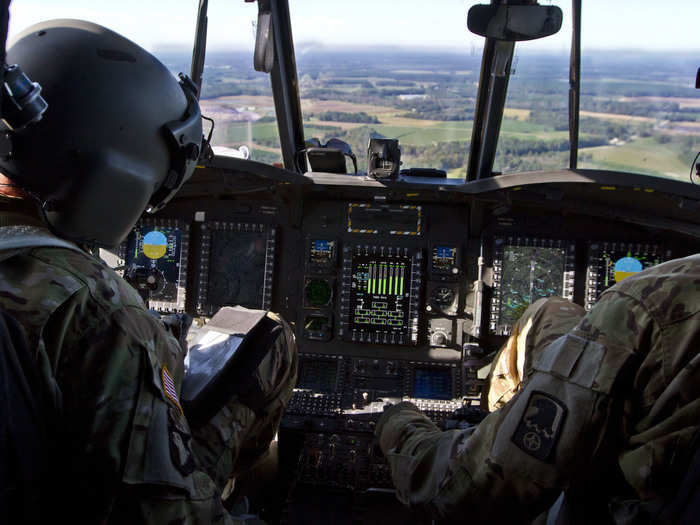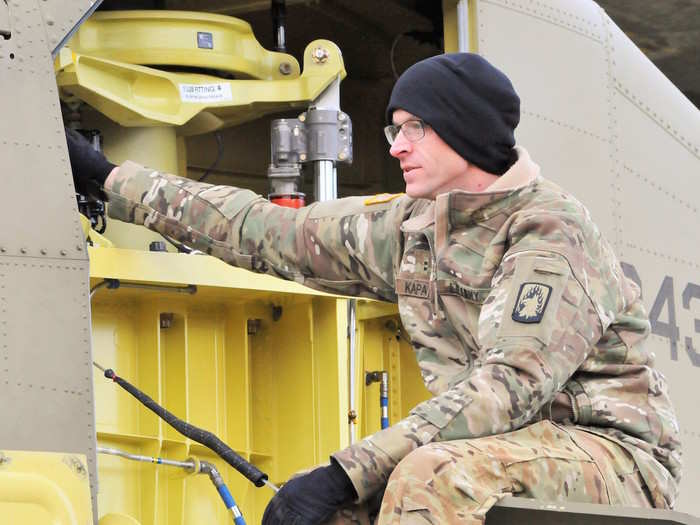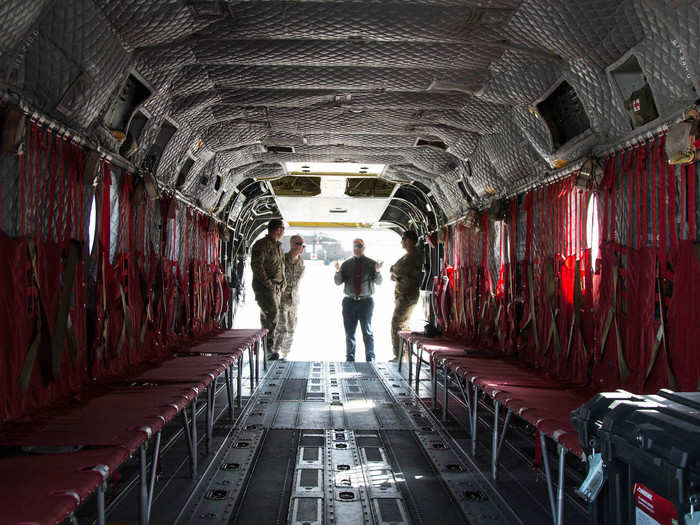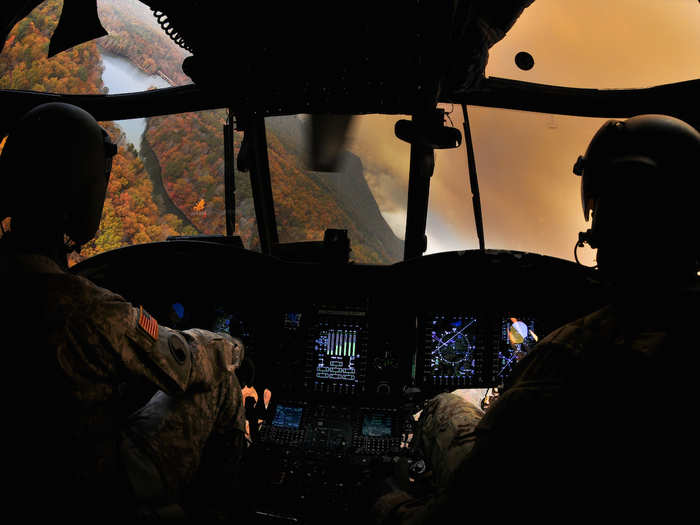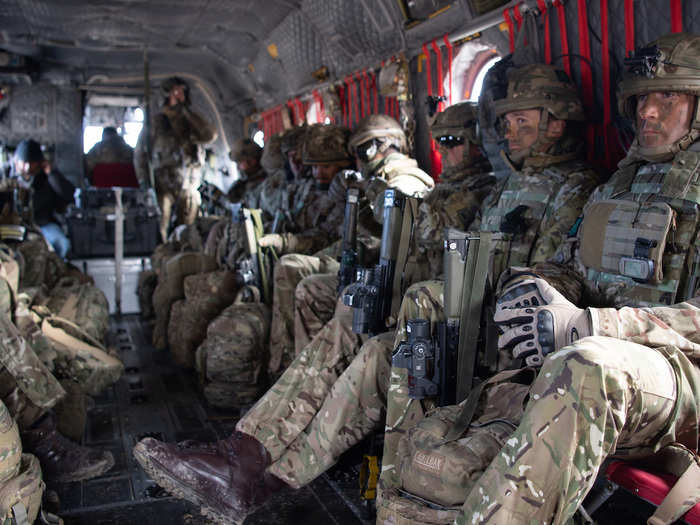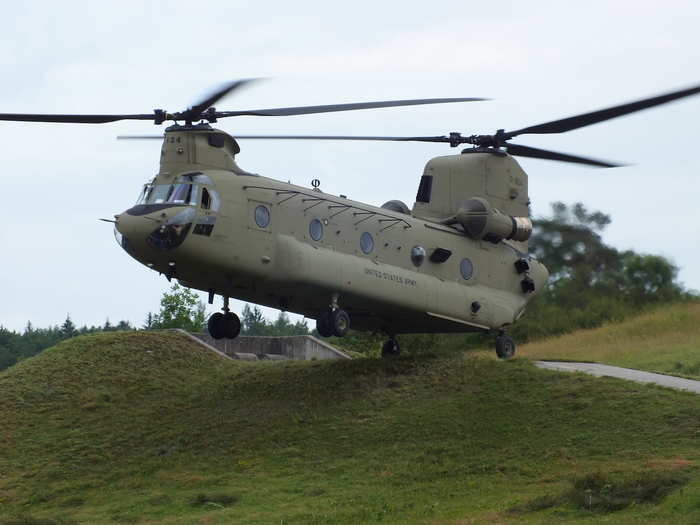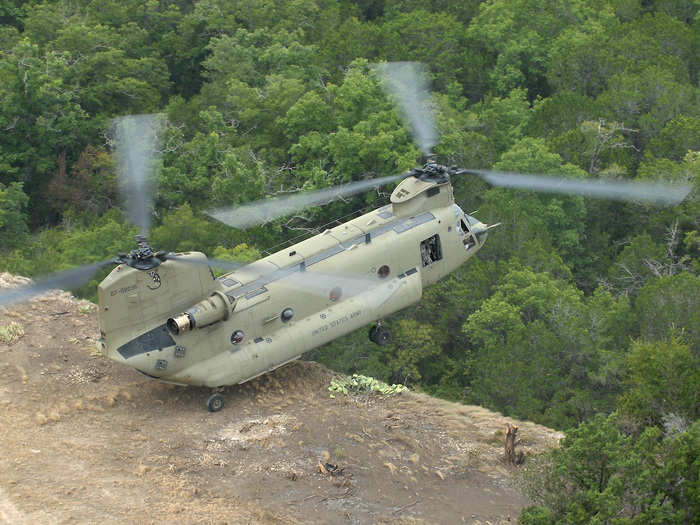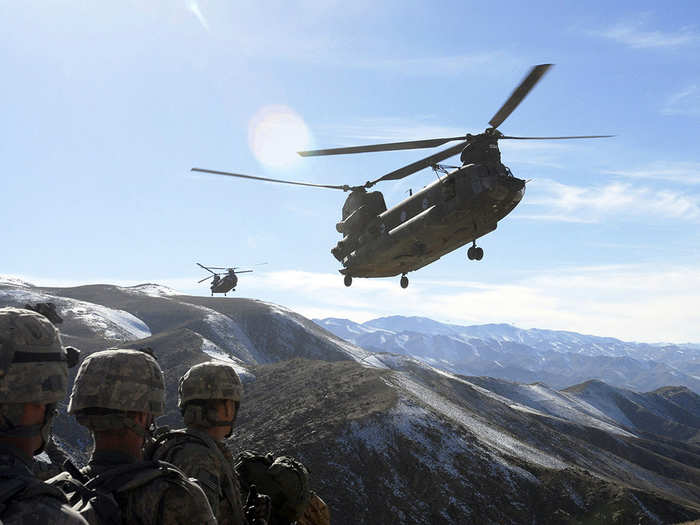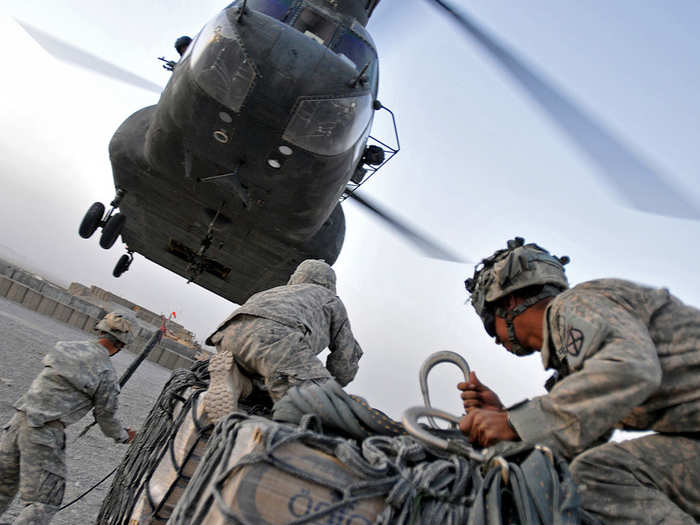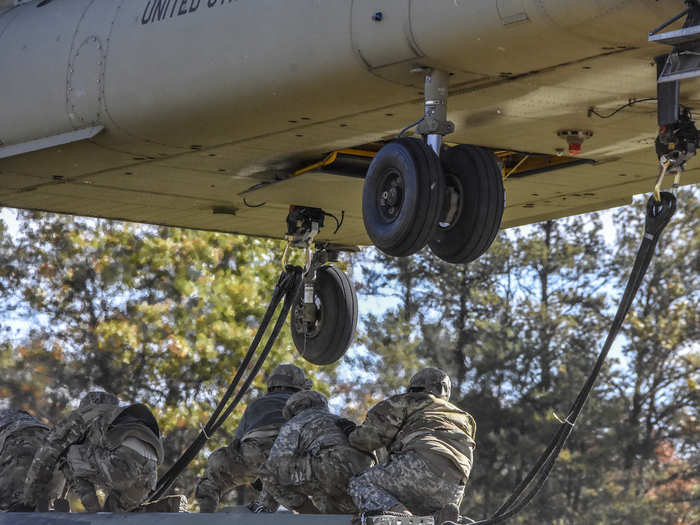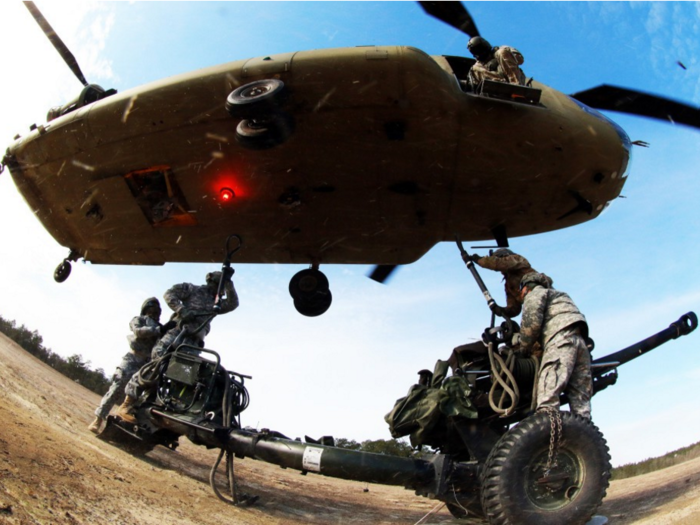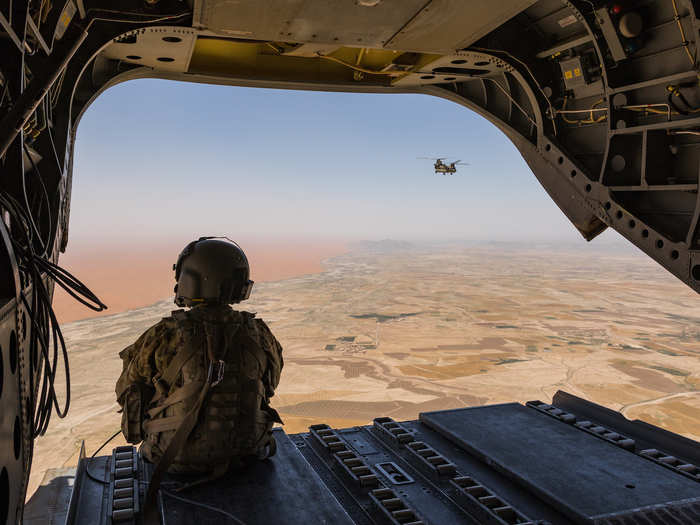These are the best and most dangerous parts of flying the US Army's transportation workhorse, according to a pilot who does it
The Chinook has been the transport workhorse of Army aviation since it entered service in the early 1960s. It has been upgraded in the years since and remains the Army's primary heavy-duty troop and supply aircraft.
Popular Right Now
Popular Keywords
Advertisement

